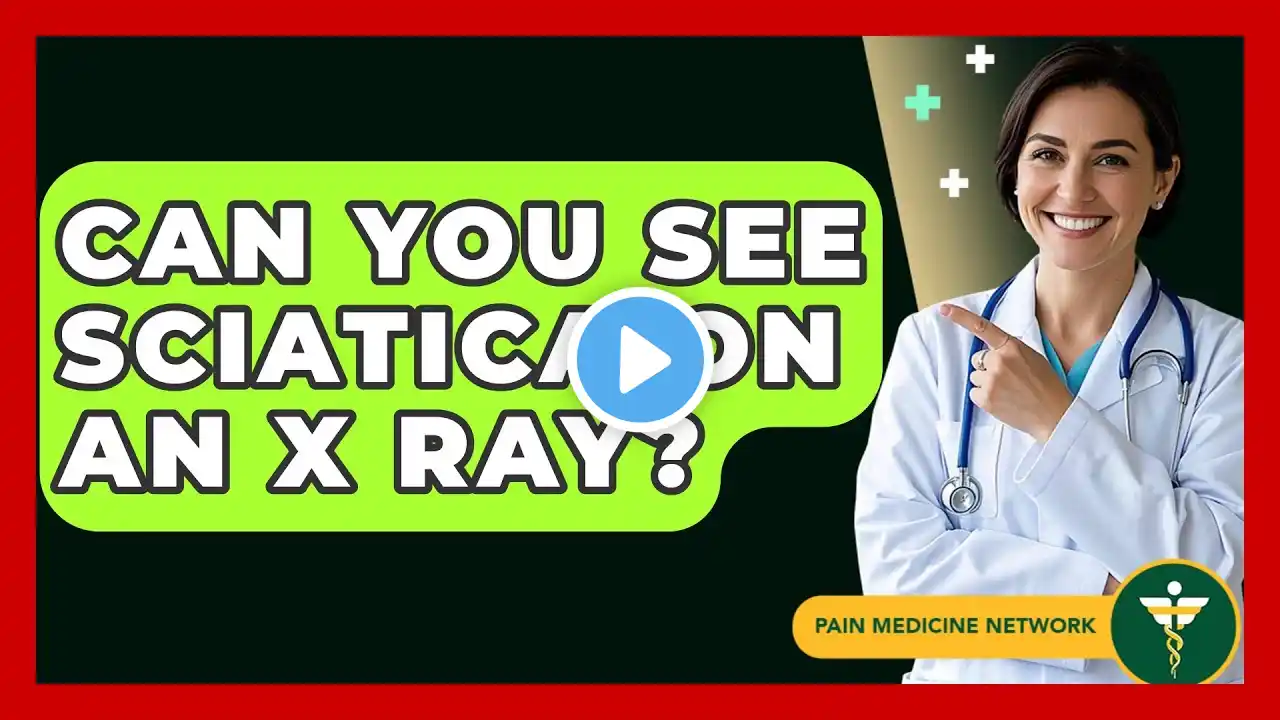
Can Sciatica Be Seen on MRI? - Pain Medicine Network
Can Sciatica Be Seen on MRI? In this informative video, we discuss the role of MRI in diagnosing sciatica and its underlying causes. Sciatica is a condition that can cause significant discomfort and impact daily life. Understanding how MRIs work and what they can reveal about the spine is essential for anyone experiencing symptoms related to this condition. We will explain how MRIs utilize powerful magnets and radio waves to create detailed images of the body's internal structures, particularly focusing on the lower back. You'll learn about the types of issues that an MRI can uncover, such as herniated discs and spinal stenosis, which may contribute to sciatic nerve pain. Furthermore, we will clarify that while MRIs provide important information about the spinal structures, they do not directly show sciatica itself. This video aims to help viewers grasp the significance of MRI scans in the diagnostic process and when it may be necessary to consult a healthcare professional regarding sciatica symptoms. Join us for this informative discussion, and subscribe to our channel for more helpful content on pain medicine and management. ⬇️ Subscribe to our channel for more valuable insights. 🔗Subscribe: https://www.youtube.com/@PainMedicine... #Sciatica #MRI #PainManagement #HerniatedDisc #SpinalStenosis #SciaticNerve #BackPain #Health #MedicalImaging #PainRelief #ChronicPain #Neurology #Healthcare #Wellness #PhysicalTherapy About Us: Welcome to Pain Medicine Network, your trusted source for comprehensive information on pain management and treatment options. Our channel is dedicated to exploring the latest advancements in pain medicine, offering insights into innovative therapies, research breakthroughs, and expert interviews. Please note that our content is purely informational and should not be considered medical advice. Always consult a healthcare professional for personalized guidance and do your own due diligence when it comes to your health and treatment options. The content provided is for general informational and educational purposes only. It is not intended to substitute for professional medical advice, diagnosis, or treatment. Never disregard professional medical advice or delay seeking it because of something you have seen in this content. Never rely on this information in place of consulting with qualified healthcare professionals. The creators and distributors of this content are not responsible for any adverse effects or consequences resulting from the use of any suggestions, preparations, or procedures described in this material. Always consult with your healthcare provider before starting any new health-related practice or program.


















